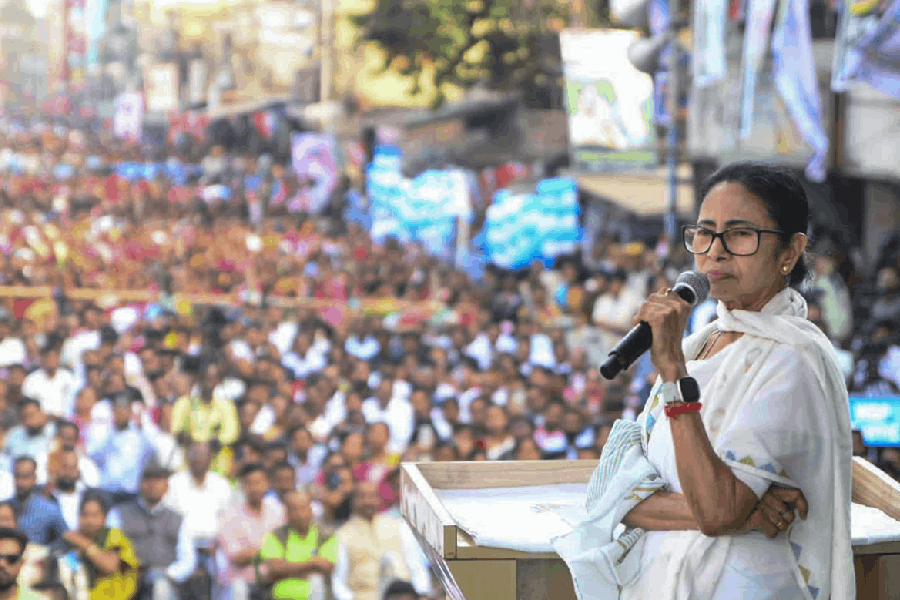Maachhe-bhaate Bangali, or so goes the saying. Yet Bengalis have, over the years, been rather starved of choices when it comes to these two delicacies that are integral to their identity. Consider this: the Statistical Account of Bengal in 1875 mentioned that undivided Bengal had nearly 10,000 varieties of rice. One hundred and fifty years on, a survey this year showed that 98% of these varieties are now lost. That is not all. Nearly 20 kinds of local fish species have either gone extinct in this state or are facing extinction. It is thus encouraging that the Bengal Biodiversity Board has launched an initiative to bring near-lost varieties of rice and cereals back to Bengal’s kitchens. Alongside, it is also running the Avoy Pukur scheme, which aims to conserve threatened species of local fish.
The first step to such conservation would be to identify the reasons for the loss in diversity. While non-cultivation on account of aberrations in weather, changing tastes of consumers and sheer neglect have been identified as some of the reasons behind crop varieties going extinct, the National Institutes of Health found that the Green Revolution was, ironically, the biggest slayer when it comes to rice varieties: India lost almost one lakh varieties of indigenous rice owing to it. This is also directly connected to the loss of fish varieties because local fish were often cultivated on paddy fields where traditional varieties of rice were grown. Such complementary pisciculture is not possible with the hybrid varieties of rice cultivated now. TVRs, such as Kabirajsal, Radhatilak, Khejurchari, Bahurupi and Tulaipanji, among others, were sacrificed at the altar of food security provided by the Green Revolution. But no modern variant has been able to match their benefits when it comes to long-term yields. Their low cultivation cost and water requirement, higher nutritional value, and adaptability to local weather conditions are key to sustainable profits for farmers. The State Agriculture Research Station in Nagaland conducted successful experiments that show that TVRs are more resilient to climate change because they have unique traits developed over generations in specific regions. Similar positive yields have also been documented in the Sundarbans. These augur well for food security and livelihood in a world threatened with climate change.
For the piscine species of Bengal, it is a fish-eat-fish world. The introduction of foreign, bigger species of fish into local ponds in search of lucre has led to the near-extinction of fish like Cuchia, Kolisa, Bele, Bheda and Pakal. Drying up or filling of wetlands and canals, overfishing, disappearance of paddy fields, lack of nutritious fish feed are among the reasons behind Bengal’s ponds and plates being left with fish imported from other states the taste of which can never quite satisfy a Bengali worth his salt. Changes in water temperature and flow patterns can further disrupt the reproductive cycles of indigenous fish, lending urgency to an effort to save them. There is thus a case to bring local, freshwater fish under the ambit of the Wildlife (Protection) Act of 1972, which only takes into account marine species at present.
No effort to save traditional varieties of rice and fish, though, can succeed without the help of consumers. The BBB’s endeavour to address both food security and Bengal’s culinary heritage must be met with spirited public support.











